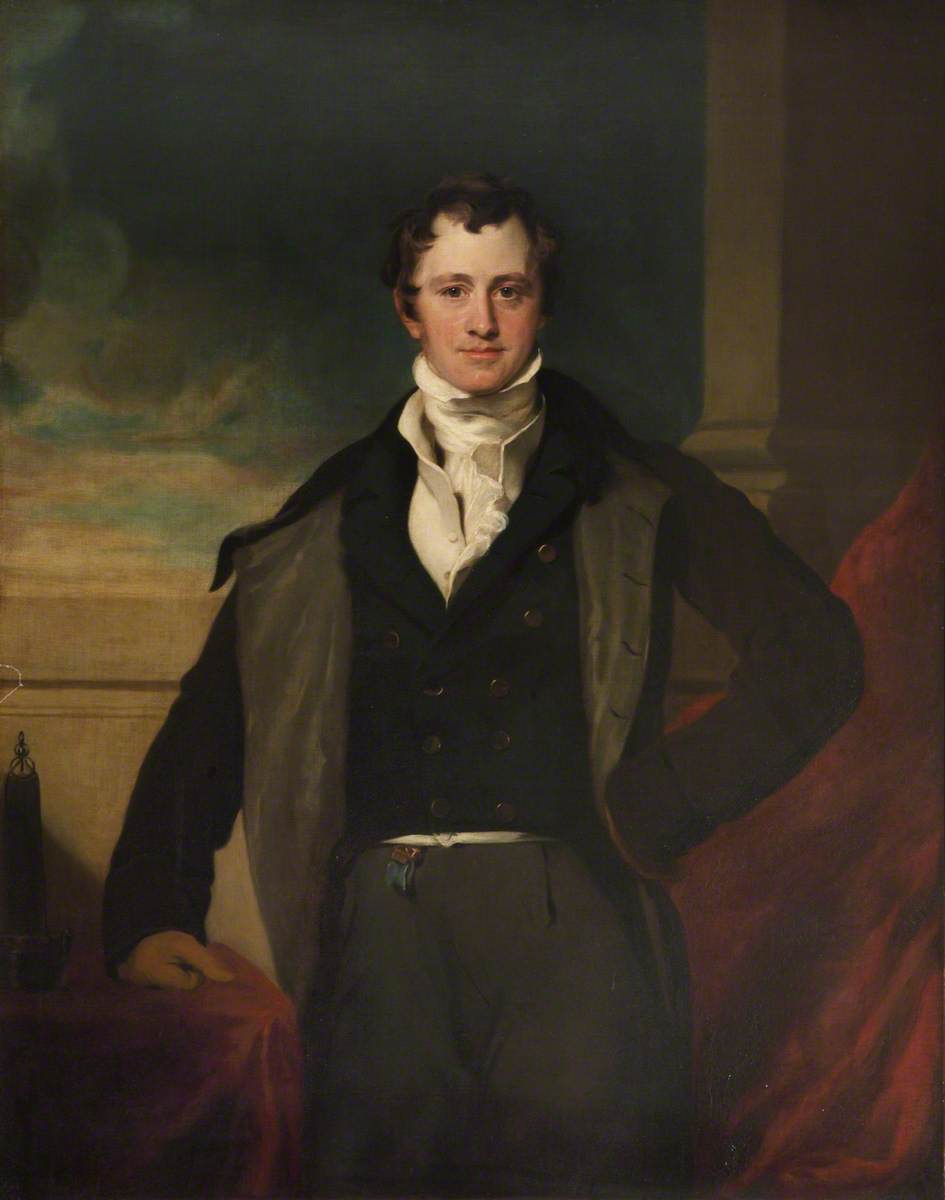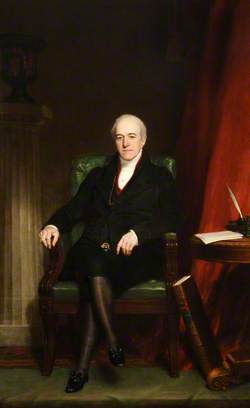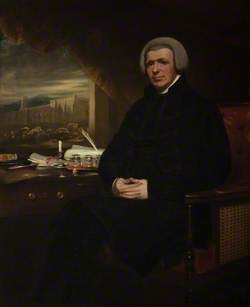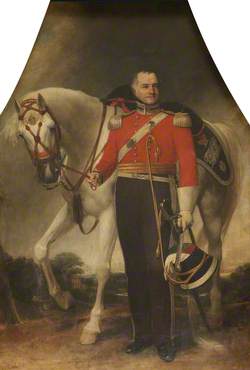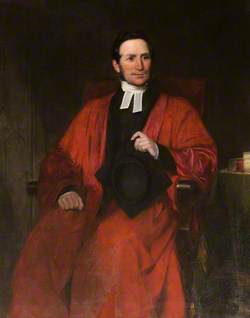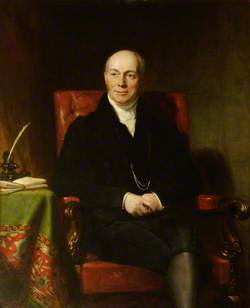How you can use this image
This image is available to be shared and re-used under the terms of the Creative Commons Attribution-NonCommercial-NoDerivatives licence (CC BY-NC-ND).
You can reproduce this image for non-commercial purposes and you are not able to change or modify it in any way.
Wherever you reproduce the image you must attribute the original creators (acknowledge the original artist(s) and the person/organisation that took the photograph of the work) and any other rights holders.
Review our guidance pages which explain how you can reuse images, how to credit an image and how to find more images in the public domain or with a Creative Commons licence available.
DownloadNotes
Add or edit a note on this artwork that only you can see. You can find notes again by going to the ‘Notes’ section of your account.
After discovering the physiological properties of laughing gas, Humphry Davy became Director of the Royal Institution’s laboratory. There using the new electric battery he isolated the chemical elements sodium and potassium. He also invented the miners’ safety lamp, shown next to him to emphasise his claim as its inventor over that of George Stephenson. Davy, also a Romantic poet, was a very popular speaker. His demonstration lectures attracted such large crowds that Albemarle Street became London’s first one-way street on lecture afternoons and evenings. This painting is a copy of Davy’s Royal Society portrait by Thomas Lawrence. Pickersgill was employed to paint it, possibly as a favour to his friend Michael Faraday, but the payment in the Royal Institution’s records is to his son.
Title
Humphry Davy (1778–1829)
Date
1831
Medium
oil on canvas
Measurements
H 139 x W 109.5 cm
Accession number
RIIC 0061
Acquisition method
commissioned, 1831
Work type
Painting
